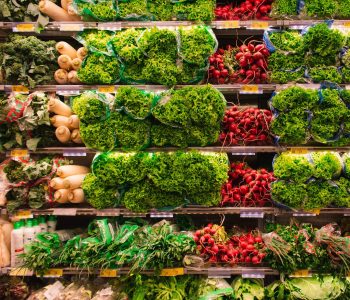According to estimates from Eurostat, the statistics office of the European Union, agricultural products increased by 24% on average during 2022.
This value is a weighted average for the EU’s member states. Including different products from the agricultural sector.
Evaluating the published statistics in greater detail, we found that the products with the greatest increase were:
- cereals 45%
- eggs 43%
- milk 32%.
Contrary to the general trend, the price of fruits dropped by 3% during this same period.
There are multiple causes that explain such increases. However, due to the magnitude of their impacts. four of these causes stand out from the rest:
- Russia’s invasion of Ukraine: The war has disrupted trade in both countries, causing significant impacts in global commodity markets. Considering the fact that both countries are important producers and exporters of cereals, oilseeds, and fertilizers.
- The onset of drought in certain areas of Europe: Lower crop yields have led to significant reductions in supply. Leading to price increases in the affected products.
- Inflation: Also referred to as a currency devaluation, it is a consequence of monetary issuance. Inflation levels around the world have seen an important rise since the start of the Covid 19 pandemic.
- Energy: The policies and measures taken by the EU to rely less on Russian hydrocarbon imports led to increased energy prices. It is estimated that the use of wind and solar energy increased by 20% in the EU, as a consequence of the ongoing war.
Therefore, agricultural products have also suffered price increases due to higher energy costs. With increased costs in most of their inputs including fertilizers, other soil additives (87%), energy and lubricants (59%).
Situation in Spain
In Spain, the prices of agricultural products increased by 25.4%, slightly above the average increase in the EU. However, according to the National Statistics Institute, some products within the basic food basket rose well above the increase seen in agricultural products. Including products like: sugar (52.1%), milk (33%) and oils (31%).
You may also like: “Ensuring European food security through feed autonomy.”
